Jennifer Dugan is a writer, a geek, and a romantic who writes the kinds of stories she wishes she’d had growing up. She’s the author of the graphic novel Coven, as well as the young adult novels Playing For Keeps, The Last Girls Standing, Melt With You, Some Girls Do, Verona Comics, and Hot Dog Girl, which was called “a great, fizzy rom-com” by Entertainment Weekly and “one of the best reads of the year, hands down” by Paste magazine. She lives in upstate New York with her family, their dog, a strange kitten who enjoys wearing sweaters, and an evil cat who is no doubt planning to take over the world. You can follow her on Twitter and Instagram @JL_Dugan.
Kit Seaton has illustrated Coven by Jennifer Dugan, as well as the graphic novel adaptations of Leigh Bardugo’s Wonder Woman: Warbringer and Alexandra Bracken’s Brightly Woven. She is the co-creator of the comics Norroway and Afar. You can follow her on Instagram @kitandcatcomics.
I had the opportunity to interview Jennifer and Kit, which you can read below.
First of all, welcome to Geeks OUT! Could you tell us a little about yourself?
JD: Hello! Thanks so much for having us! My name is Jennifer Dugan and I’m the author of several sapphic romances (both young adult and adult), as well as two graphic novels, Coven and the forthcoming Full Shift.
KS: I’m an illustrator and cartoonist based in Savannah, Georgia. I’ve also worked as a professor of illustration and sequential art across the US. I’ve studied in costume design for theatre, and in my free time, I enjoy making costume history research guides for artists. This is my second book working with Jennifer (COVEN, 2022), and I think we make a great team!
What can you tell us about your latest project, Full Shift? What was the inspiration for this graphic novel?
JD: Full Shift follows Tessa, a reluctant werewolf who doesn’t quite fit in with her pack. She can’t fully shift—which can be life or death for a werewolf—and she has a massive crush on one of her human schoolmates… which feels life or death since it’s not safe for humans to know supernatural creatures exist, let alone date one.
When Tessa hears about a group of hunters working on a cure that can make werewolves human, she thinks this could be answer to everything. But when she discovers there’s much more to this “cure” than anyone else knows, it’s up to Tessa to protect the lives of everyone she knows… and the only way to do that might mean embracing the wolf that’s been howling to get out.Tessa to put herself on the line to protect the lives of those she loves most. And the only way to save them is to embrace the wolf inside her that is howling to get out.
Most of my ideas start as a single scene that pops into my head when I’m daydreaming. In this case, it was born out of a “coming out” scene, where Tessa thinks they’re talking about what type of supernaturals they are, but her human crush is actual talking about her queerness. It’s one of my favorite scenes in the entire book!
KS: Jennifer provided tons of inspiration in the script, so there was already a lot to work with. She mentioned her hikes in the Adirondacks, so I wanted that to inform the environments as a character in the story. Especially in scenes where Tessa is lurking around in her mid-shift werewolf form, I wanted to surround her in densely wooded forests with lots of greenery. Forests can be beautiful or scary, but they can also be places of refuge. The forest bleeds off the pages a lot, I wanted to convey that it could barely be contained by the margins of the book, that is boundaries and territories are unknowable. Yet it offers comfort and familiarity to Tessa and her pack.
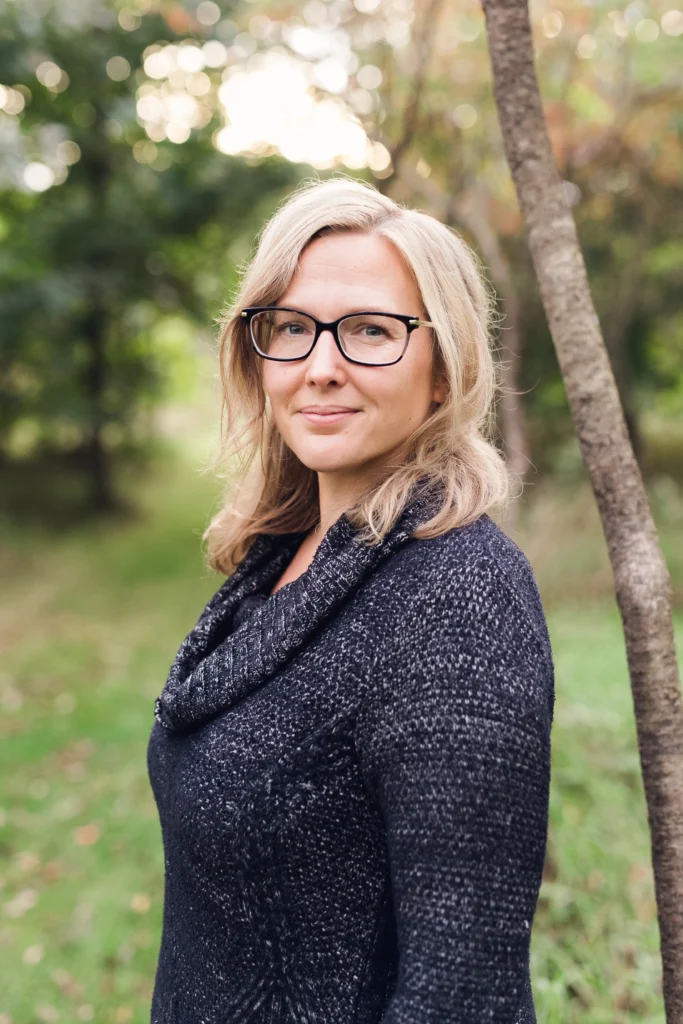
Why werewolves? How do you feel werewolves relate to queer storytelling?
JD: I love all things supernatural, but werewolves have always been my favorite. I love the idea of them being able to transform and having to carry the weight of both identities. In Full Shift lore, they can be bitten or born, and retain their memories on both sides of the shift, albeit in a much more instinctual way in full wolf form. As a story teller, that gives me an incredible amount of room to play… also, werewolves are just so cool?! How could anyone not love them?
I think werewolves relate to queerness in a multitude of ways. First, too many of us grew up being made to feel different/bad/wrong, and I think a natural consequence of being made to feel like that is we start seeing aspects of ourselves in these monsters or villains. I was aware of my bisexuality, and often made to feel ashamed of it, from a very young age, even though to me it felt as natural as breathing. Books and movies were an escape for me, and back then there wasn’t a lot of queer joy being put on the page. It was a short jump for me to start connecting with werewolves and vampires and other things that go bump in the night—things that were also hated on for what they needed to do to survive.
On a more obvious note, werewolves are the perfect queer metaphor in the sense of having to hide a part of your identity that’s truly integral to who you are, and at times wanting to reject it. Full Shift is really a classic tale of self-acceptance that I think will resonate with readers.
KS: What Jennifer conveys so well in this story, could be universal, but particularly for the queer reader, is Tessa’s struggle to reign in deep and fundamental parts of herself in order to fit in with both spheres of her life. Tessa wants to be among humans (she’s in love with her classmate), but she also wants to be understood and have status in her pack. She envies her sister who appears to have achieved this balance (perfect werewolf, and a cheerleader). Instead, Tessa is stuck in an awkward state of arrested development and feels left behind. Yet, she’s resisting and suppressing what yearns to be wild and free because she’s also clinging to the idea of being something she isn’t. She’s not a human being, she’s a werewolf. If she can’t accept that, she becomes a risk to herself and everyone she loves. There’s only so much time to sort it all out, and she can’t do it alone. She needs the love, support, and wisdom of both worlds to fully embrace herself.
As a creative, what drew you to the art of storytelling, especially graphic novels/comics?
JD: I’m very rarely not writing; it’s almost a compulsion. When I was younger, writing was a way to hide from the world and create my own… but now it’s much more of a celebration. I’m happy I’m still here to type away on my keyboard, and I’m absolutely bursting to share all of my ideas. I can hardly keep up with my muse!
Comics and graphic novels have always been a big part of my life. I used to stuff Archie Comics into my backpack for camping trips when I was little, since big books were too heavy to hike with. It was Brubaker’s Captain America run that got me back interested in writing comics, and then Fraction and Aja’s Hawkeye run sealed the deal. (I was a Marvel girl at the time, what can I say?) I quickly discovered a thriving queer comics community on Kickstarter and went broke backing them all… seeing so many people creating so many beautiful and authentic comics really inspired me to make the leap and start working on my own.
KS: I’m an 80’s kid, and as soon as I could learn to read, I consumed every volume of Calvin & Hobbes, Peanuts, and Garfield I could get my grubby mitts on. And I have a stack of my dad’s comic collection from the 50’s and 60’s, a lot of DC, Marvel, and Disney titles. My mom taught high school theatre, and her students would bring her their old comics to give to me. So I also got a smattering of Archie Comics, Groo the Wanderer, Elfquest, and Venom (foundational reading for a 7 year old, really). But it wasn’t something I thought of as a career prospect until I had two years of study in a costume design program, where I realized I could draw a lot better than I could sew.
How would you describe your creative process?
JD: Chaotic. As I mentioned, all my ideas are born when a single scene flashes into my head. Unfortunately, that’s where the creativity gods end their assistance, so I’m left having to build out the story backward and forward from that moment.
In the daydreaming period, I spend a lot of time trying to nail things down so they make sense and playing with the plot. I used to be a “pantser,” (someone who writes with no definite plan) but now that I have so many deadlines, I can’t afford to paint myself into a corner and start all over. I try to plot as best as I can before I get impatient and just dive in… which kind of feels like wrangling cats.
KS: Chaos with a little moat dug around it with some chicken fencing. There is some method in the madness, and an overall structure. I set the pages up in a program called ClipStudio, and then I do rough layout and lettering placement at the same time because it’s always a bummer when the balloons don’t fit. After a round of notes and revisions I draw out the final inks and lettering placement. Colors are done in ClipStudio and finished in Photoshop for CMYK printing. When I’m working on a graphic novel, I work pretty much every day, but I take a lot of breaks. I’ll take day off if I need it and make up the time on the next. There are definitely good drawing days and bad drawing days, and life has its interruptions, so this method helps keep the schedule flexible while also keeping the momentum going. I think of this as current (or now) me looking out for future me after learning from the mistakes of past me.
What are some of your favorite elements of writing/illustrating? What do you consider some of the most frustrating and/or difficult?
JD: I love writing angst and swoons. That’s my absolute favorite thing to do. Those are the dangling carrots that keep me going.
On a more technical/craft level, I absolutely love both the daydreaming/planning stage and the revising stage. Drafting, though, can kick rocks. A first draft is just the terrible thing I’m forced to do in between the two aspects of the art that I love. If I could instantly download my daydreams from my brain and start revising them, I definitely would.
KS: The most fun things can also be the most difficult, and the most time consuming, if I’m not on top of it. That’s the visual development work done before and during the layout phase, when in whittling ideas down to how the comic will eventually look. I find reference gathering can be a time sink, so I try not to do too much of it when I’m in the drawing phase. It’s best to do a few weeks or days (which depends) before I start for inspiration wool-gathering. It’s ideal when that preliminary research can inform the work in an indirect way after it’s had time to ferment in the brain. The ditch of information overwhelm is always there, and I’ve crashed into it many times. Best thing to do in that event is to put the Pinterest down and take the dog for a walk.
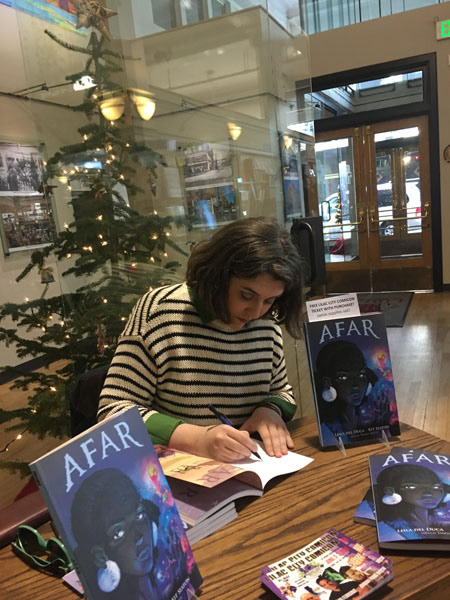
As creatives, who or what would you say are some of your greatest artistic and creative influences and/or sources of inspiration in general?
JD: This is so hard! I draw inspiration from so many places—books, movies, the frogs in the swampy pond in the forest behind my house that inspired my graphic novel debut Coven and have since cameoed in every other project both secret and announced that Kit and I are working on together.
Since my influences change so often, and my obsessions run so deep when they do, it’s probably easier to shout out some things that have been massively “refilling my well” lately. They are the books Lucy Undying by Kiersten White, The Lovers by Rebekah Faubion, along with anything and everything written by Racheal Lippincott, Kaylyn Bayron and Rory Power. I also recently started playing Fallout 4 and have been really leaning into the RPG aspect and trying to navigate as a character. It’s been a really fun exercise that I think will help my writing. I’m somehow already 241 hours in and on my second playthrough.
KS: I think it’s great to find inspiration in the work of artists in a different genre other than mine. Costume and set designers, cinematographers, and animators have been a great source of inspiration, especially since they may have a unique way of solving a visual problem. Museums and galleries can also be great places to find inspiration. Even just a purposeless stroll in the fresh air away from my desk can be a great way to let the mind wander.
Aside from your work, what are some things you would want others to know about you?
JD: I am an awkward nerd with anxiety that gets very excited about things that interest me. I’d just like everyone to know that upfront so they aren’t surprised when they come to an event and it casually turns into a debate over which cryptid is objectively the best. (Mothman, obvs.)
Another fun fact is that my dog owns more hockey jerseys than should be allowed, and yes, I do change them for each game on TV.
KS: I’m currently reading “Entangled Life” by Merlin Sheldrake, about how a network of fungi may be a key part of advanced life on the planet, and that fungi is so adaptable that it can evolve new species faster than we can ever hope to document them. Which I think is pretty cool.
What’s a question you haven’t been asked yet but that you wish you were asked (as well as the answer to that question)?
JD: I don’t think anyone has ever asked me about my notebooks, actually. There’s a running joke that authors buy them and never use them, but in true dork fashion, I use them as little baby books for my stories. Every new project gets its own notebook that I fill with ideas, doodles, revision plans, and even the notes I take on business calls relating to it. It’s essentially a cross between a work book, a diary, and the scrap paper they hand out when you’re taking tests in school. (Do they still do that?) I also like to list out all the key dates in the book’s life both good and bad in the inside cover. It’s wild to go back to my earlier ones and reflect back on everything.
KS: Any apropos of nothing hot takes? Why yes, don’t mind if I do. Time spent in past-times, hobbies, reading, reflecting, doing nothing, whether it’s a social event or in solitude, is not time wasted. It’s one of the best remedies I’ve found for my own stress and anxiety. Humans are curious and creative creatures. We need to experiment, play, and daydream in idle. That’s when we get our best ideas.
What advice might you have to give for aspiring comic creators/graphic novelists?
JD: Make the thing but start small! Baby steps! Once I decided to dive in, I found a small group of local artists and authors—a mix of hobbyists and veterans—and started working on very short projects at their monthly gatherings. I did a lot of experimenting and there was for sure a big learning curve! I got a lot of invaluable advice.
I didn’t dare tackle anything bigger than short mini-comics until I felt like I was finding my footing—which took a couple years. Once I felt ready to write something longer, I picked up a second job and started saving up to be able to pay the artists I worked with a fair wage. Ultimately, this turned into my first series, Circadia. I still made a lot of mistakes even with all my prep, and am forever grateful to the first artist on the book, Keezy Young (Taproot, Sunflowers) and our letterer Ariana Maher, (Critical Role: Vox Machina, along with many, many Marvel and DC titles) for their patience and kindness during the process!
KS: My advice comes with the caveat that the journey to making and publishing comics is unique to every creative and isn’t always a clear cut path. I have taught many students and young artists over the years. I was also a young art student once (eons ago), so I’m quite familiar with the vicious temptation of the toil and drain cycle. Sometimes referred to as grinding (akin to long gaming sessions taken to unhealthy extremes), among young artists and art students it becomes a pernicious notion that resting and sleeping is essentially laziness, and one needs to front load hours of work to advance a skill set ahead of their classmates and peers (competitors), by sacrificing sleep and rest. But the cost can be high with no guarantee of a payoff. Burnout, injury, or an aggravated a chronic illness can however, be hastened by grinding. And the deeper that well is dug, the harder it is to climb out. Any skills gained by working to the point of injury or burnout would most likely end in a wash, as the length of recovery can be greatly extended. Alternatively, take note of how long it takes to accomplish a task in a reasonable timeframe, including breaks. This may take some time to figure out, which is ok, we all work differently, but you do need to rest. Comics will be there tomorrow. Falling behind can feel like failure. With practice, and self-understanding, those deadlines don’t catch you off-guard quite as often. Lastly, check in with your friends. Encourage and reinforce healthy attitudes towards your work and support each other. Having a drawing session with friends online or in a community space can help with feeling unmotivated or isolated. Remember, you are not an automaton. You are not your work, and you are not alone in the struggle to be an artist.
Are there any other projects you are working on and at liberty to speak about?
JD: Kit and I have two secret graphic novel projects coming up together after Full Shift! We can’t share much, but I think it’s safe to say that one involves sapphic vampires and one involves a sassy prince of hell.
My next YA novel, Summer Girls, is out now. It’s a sapphic romance set at a beach town where one girl lives year-round and the other only visits on vacations with her wealthy family. It’s a swoony, messy, opposites-attract (well, when they aren’t pretending to hate each other) love story that I’m dying to get in everyone’s hands.
KS: We may have a few rabbits in our hats yet. More fun and surprises are on the horizon! *cackles and disappears in a puff of smoke*
Finally, what LGBTQ+ books/authors would you recommend to the readers of Geeks OUT?
JD: I’ve already shouted out several above in my refilling the well section, but I’ll happily add The Princess and the Grilled Cheese Sandwich by Deya Muniz, along with Brooms by Jasmine Walls and Teo DuVall. I’ve also been really enjoying All That’s Left in the World by Erik J. Brown and its sequel The Only Light Left Burning.
KS: Check out THE PRINCESS AND THE GRILLED CHEESE SANDWICH, by cool renegade, Deya Muniz!

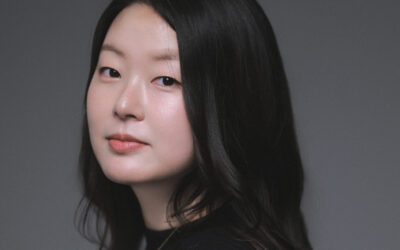
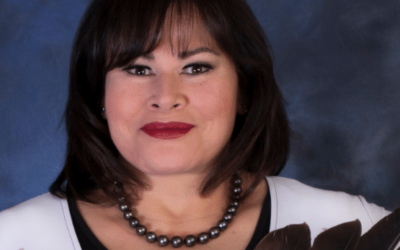
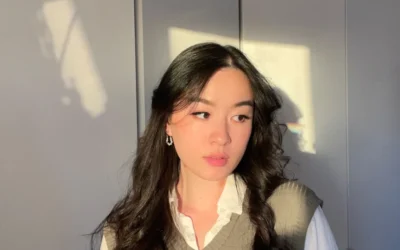
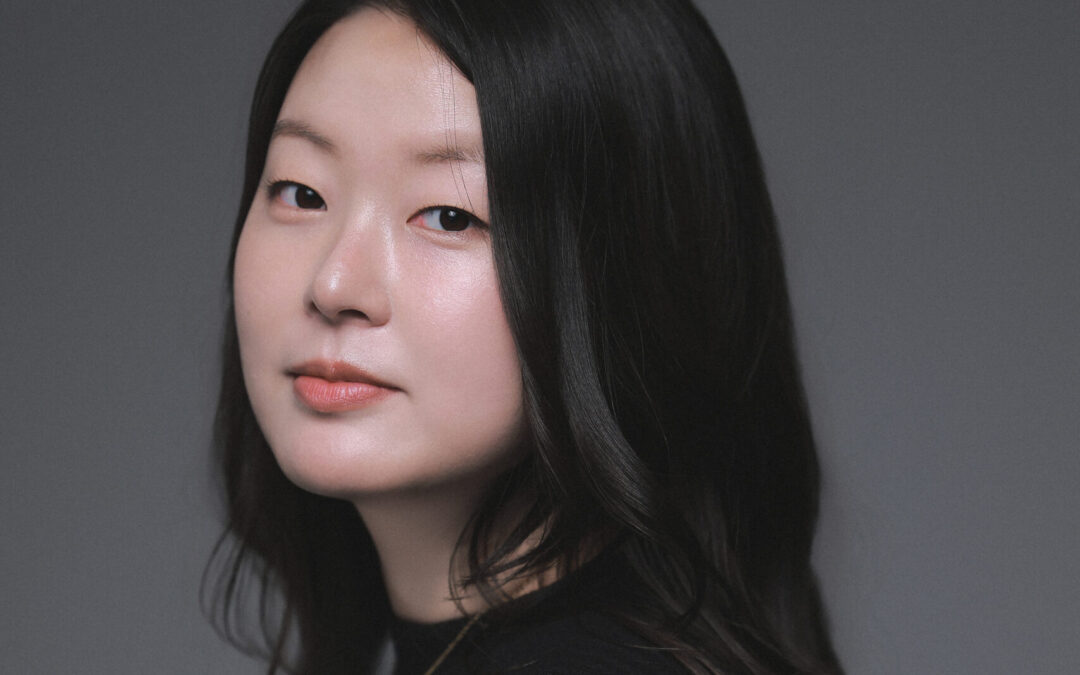
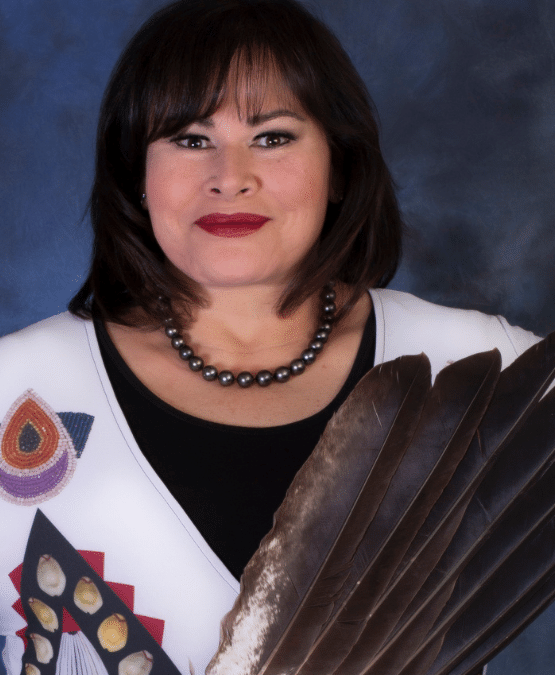
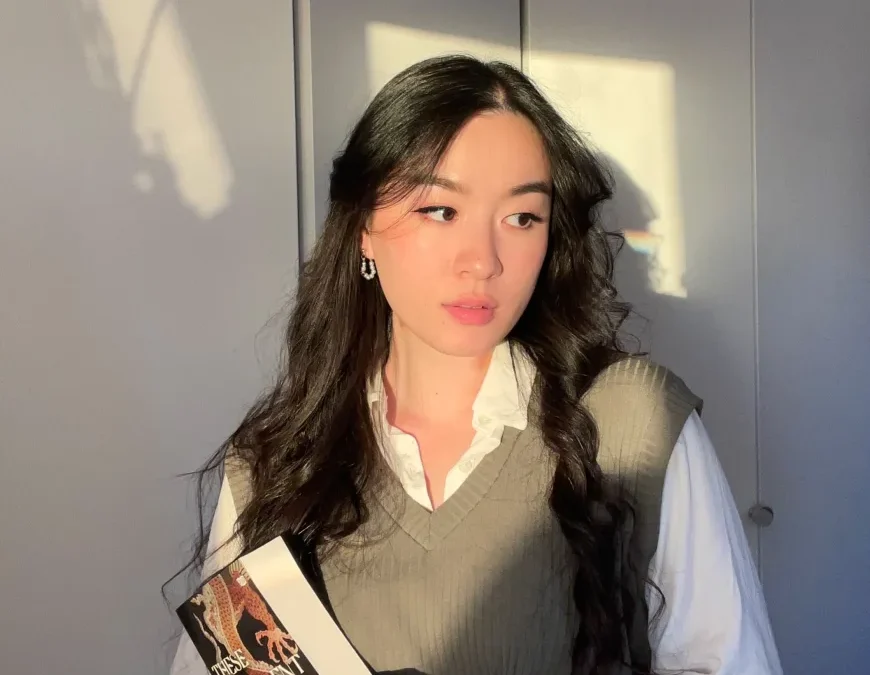
0 Comments